Here’s what to look for.
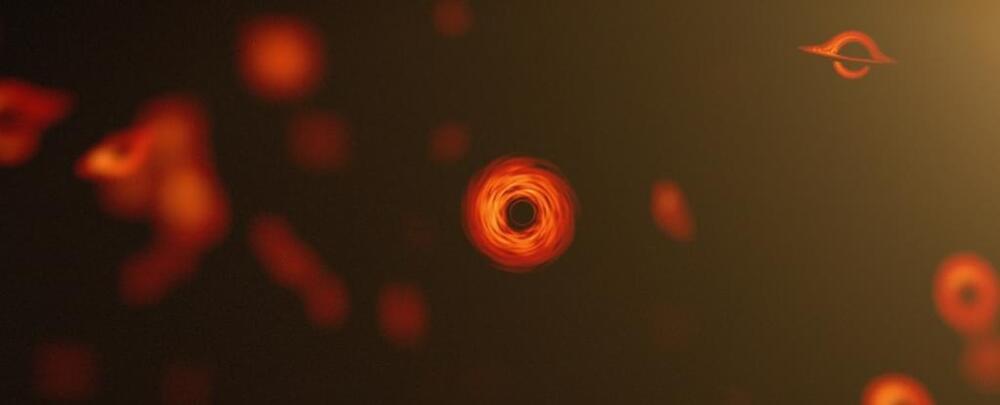

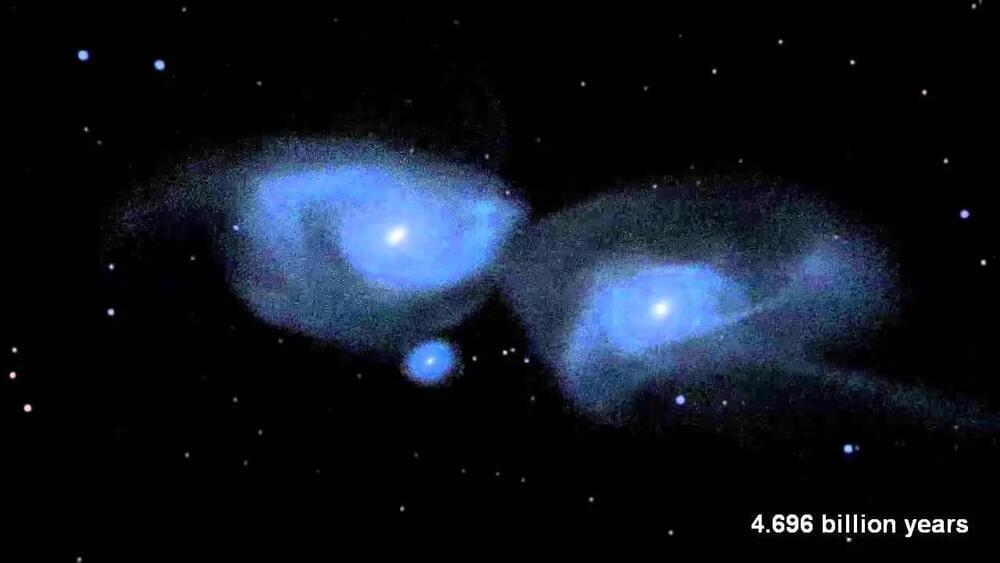
In 4 billion years, when the Milky Way galaxy collides with the Andromeda Galaxy, the distance between the stars will be so vast that none of the 1.3 trillion stars are expected to collide.
In roughly 4 billion years, the Andromeda Galaxy and the Milky Way will collide, creating a new supergalaxy. This galactic merger will not result in stars colliding due to the vast distances between them, but the supermassive black holes at the centres of both galaxies will eventually merge. While the solar system might get flung farther from the galactic core, there’s also a chance it could be ejected entirely. Even though life on Earth would have ended by then due to the Sun’s increasing heat, this cosmic event would offer a stunning view of the changing night sky.
After reading the article, Reddit user Harry, with over +6.5k upvotes, commented: “It’s not direct collisions that are the issue. It’s the disruption to the normal gravitational systems and orbital paths. A planet that was in the goldilocks zone for liquid water and life could get affected by another passing star system enough to move it sufficiently out of its normal orbit to have planet changing effects.”
Scientists have discovered that cosmic filaments, the largest known structures in the universe, are rotating. These massive, twisting filaments of dark matter and galaxies stretch across hundreds of millions of light-years and play a crucial role in channeling matter to galaxy clusters. The finding challenges existing theories, as it was previously believed that rotation could not occur on such large scales. The research was confirmed through both computer simulations and real-world data, and it opens up new questions about how these giant structures acquire their spin.
After reading the article, a Reddit user named Kane gained more than 100 upvotes with this comment: “What if galaxy clusters are like neuron and glial clusters in a brain. And dark matter is basically the equivalent of a synapse. It connects galaxies and matter together and is responsible for sending quantum information back and forth like a signal chain.”

I think Stephen hawking was right about the Einstein physics of our universe but at the quantum mechanical realm it breaks all the rules with infinite energy.
The usual theory of inflation breaks down in eternal inflation. We derive a dual description of eternal inflation in terms of a deformed Euclidean CFT located at the threshold of eternal inflation. The partition function gives the amplitude of different geometries of the threshold surface in the no-boundary state. Its local and global behavior in dual toy models shows that the amplitude is low for surfaces which are not nearly conformal to the round three-sphere and essentially zero for surfaces with negative curvature. Based on this we conjecture that the exit from eternal inflation does not produce an infinite fractal-like multiverse, but is finite and reasonably smooth.
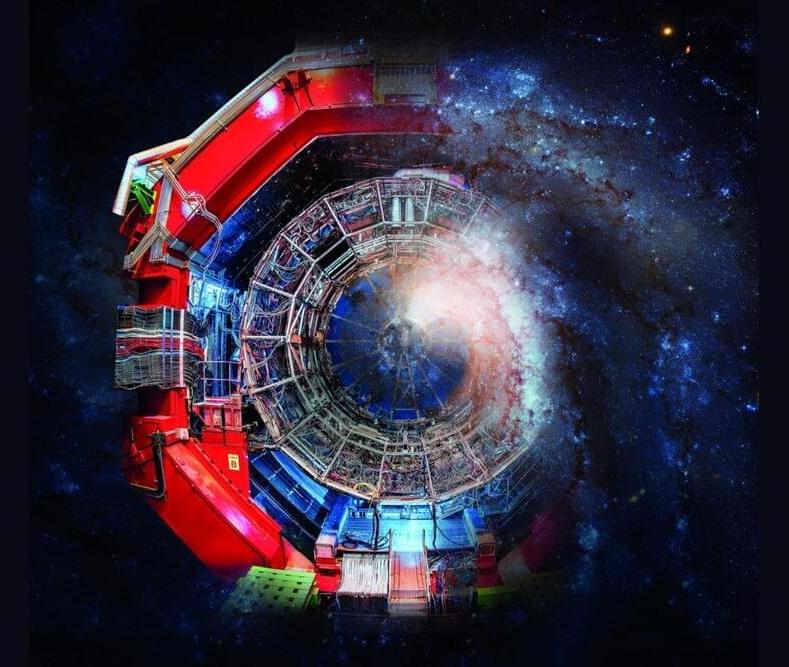
The hunt for dark matter has long been one of the most compelling challenges in physics, with new candidates emerging from cutting-edge research in cosmic-ray propagation and particle detection.
Two new studies highlight the enigmatic nature of antimatter, revealing its potential role in both understanding the universe’s origins and unlocking the secrets of particle physics.
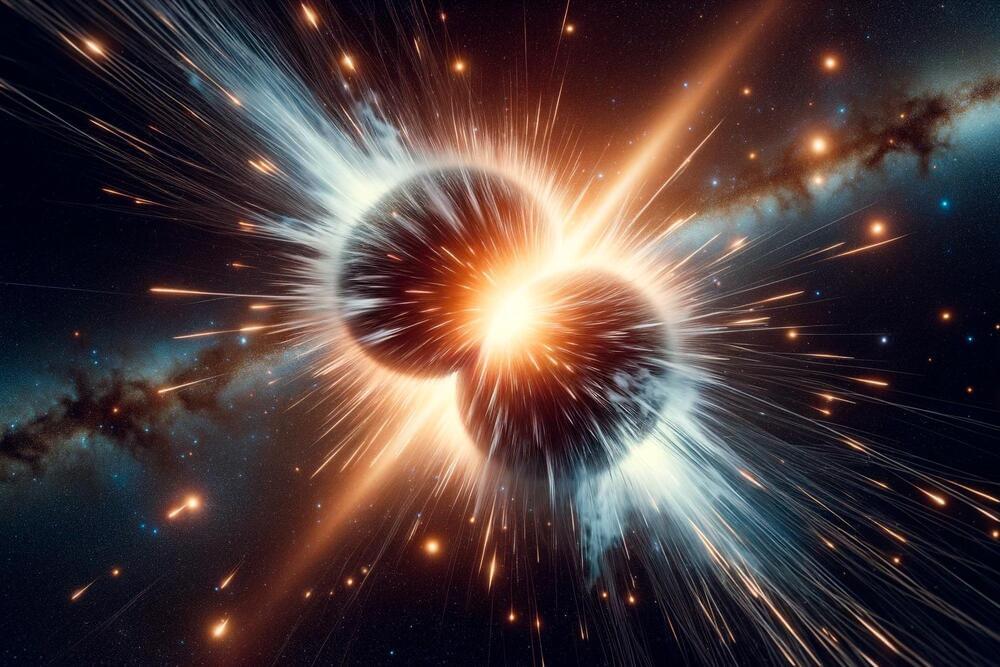
Scientists are using advanced simulations to explore the aftermath of neutron star collisions, where remnants might form and avoid collapsing into black holes.
This research not only sheds light on the dynamics and cooling of these remnants through neutrino emissions but also provides crucial insights into the behavior of nuclear matter under extreme conditions. The findings contribute to our understanding of astronomical events and the conditions that may or may not lead to black hole formation.
Mysterious aftermath of neutron star collisions.
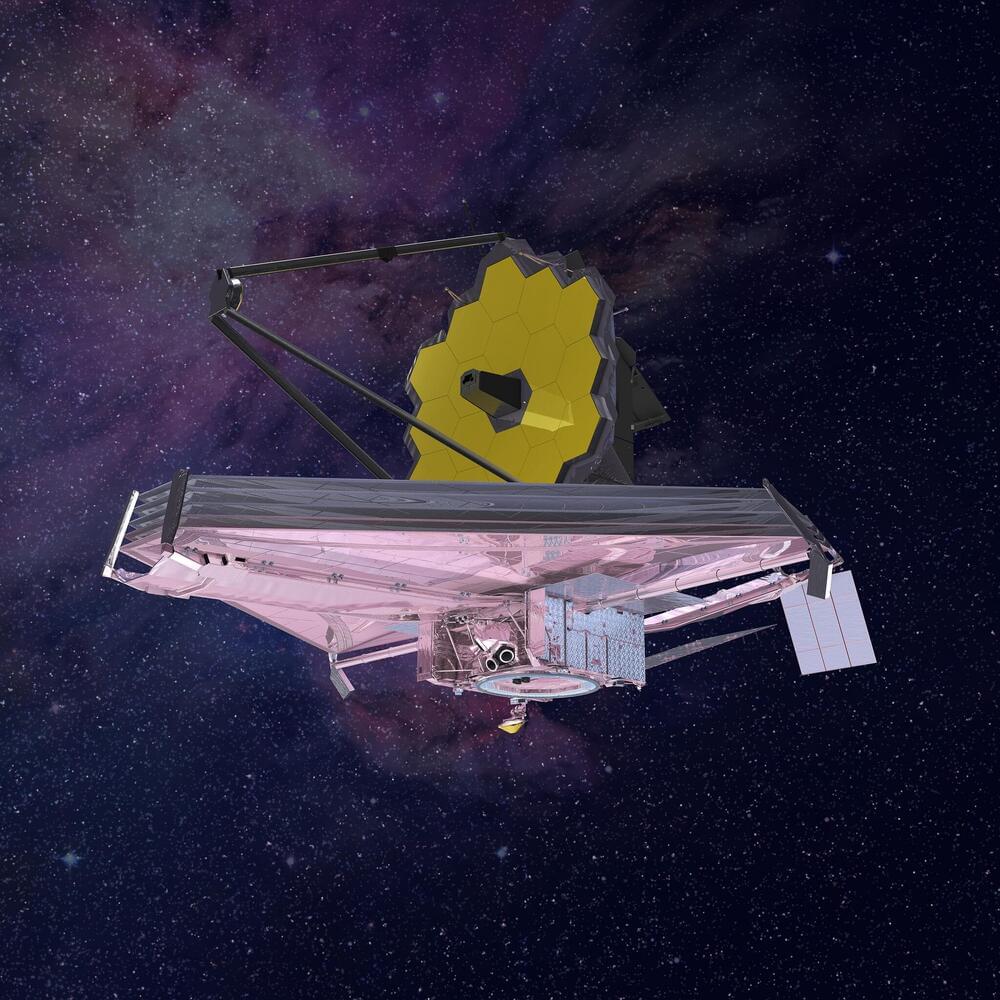
The James Webb Space Telescope (JWST) is the largest and most powerful space telescope built to date. Since it was launched in December 2021 it has provided groundbreaking insights. These include discovering the earliest and most distant known galaxies, which existed just 300 million years after the Big Bang.
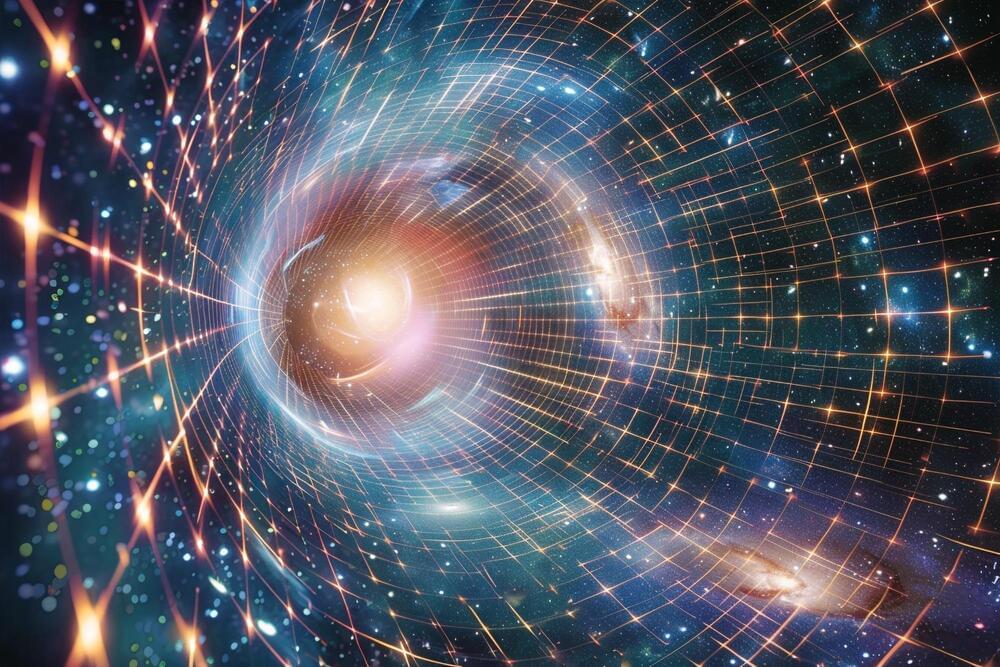
Utilizing the James Webb Space Telescope, astronomers have refined the measurement of the Hubble constant by studying SN H0pe, a gravitationally lensed Type Ia supernova.
This approach, integrating gravitational lensing and time-delay observations, offers a more precise determination of the universe’s expansion rate, helping reconcile some differences between past measurements.
Measuring the Hubble constant, which defines the rate at which the universe is expanding, is a dynamic field of study for astronomers globally. These researchers analyze data from both terrestrial and orbital observatories. NASAs James Webb Space Telescope has already made significant contributions to this discussion. Earlier this year, astronomers employed Webb data that included Cepheid variables and Type Ia supernovae—both reliable cosmic distance markers—to validate previous measurements of the universe’s expansion rate made by NASA’s Hubble Space Telescope.
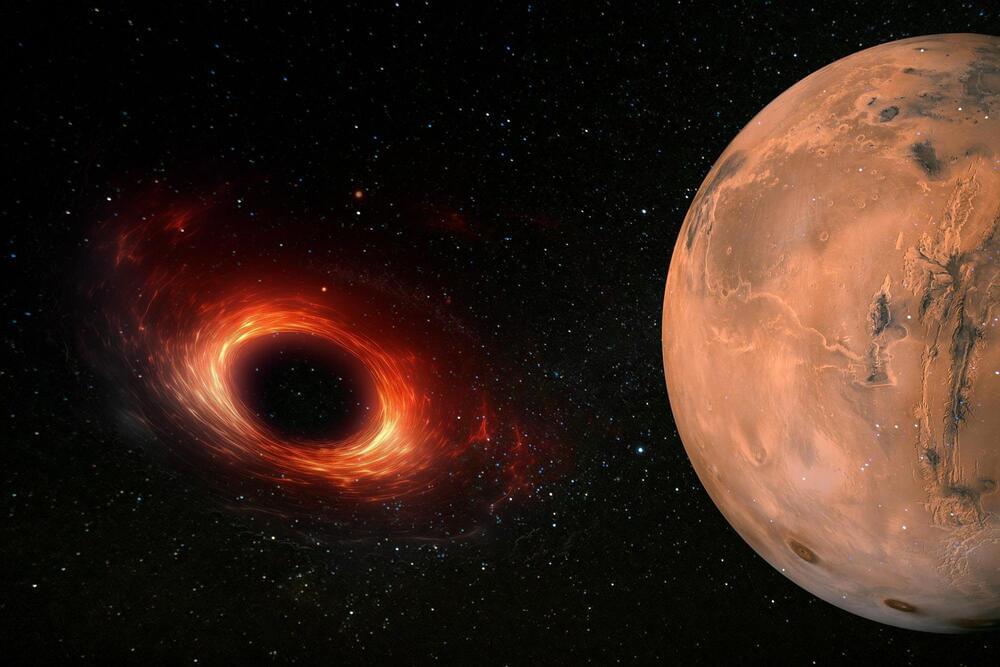
Watching for changes in the Mars ’ orbit over time could be a new way to detect passing dark matter.
Dark matter, potentially in the form of primordial black holes, could be revealing its presence through subtle influences on Mars’ orbit. These black holes, theorized remnants from the early universe, might be detectable every decade as they pass through the solar system, offering a new way to study the elusive dark matter.
Understanding dark matter: theories and experiments.
I have my own introduction quantum mechanics course that you can check out on Brilliant! First 30 days are free and 20% off the annual premium subscription when you use our link ➜ https://brilliant.org/sabine.
Physicists are obsessed with black holes, but we still don’t know what’s going on inside of them. One idea is that black holes do not truly exist, but instead they are big quantum objects that have been called fuzzballs or frozen stars. This idea has a big problem. Let’s take a look.
This video comes with a quiz which you can take here: https://quizwithit.com/start_thequiz/.…
Paper: https://journals.aps.org/prd/abstract…
🤓 Check out my new quiz app ➜ http://quizwithit.com/
💌 Support me on Donorbox ➜ https://donorbox.org/swtg.
📝 Transcripts and written news on Substack ➜ https://sciencewtg.substack.com/
👉 Transcript with links to references on Patreon ➜ / sabine.
📩 Free weekly science newsletter ➜ https://sabinehossenfelder.com/newsle…
👂 Audio only podcast ➜ https://open.spotify.com/show/0MkNfXl…
🔗 Join this channel to get access to perks ➜
/ @sabinehossenfelder.
🖼️ On instagram ➜ / sciencewtg.
#science #sciencenews #physics #space